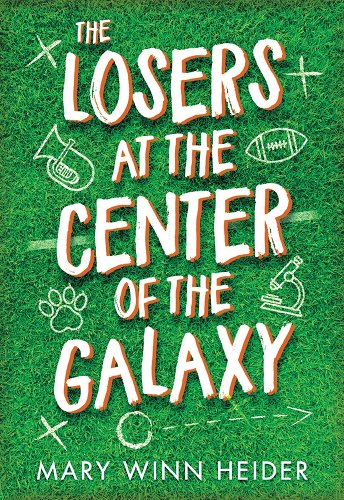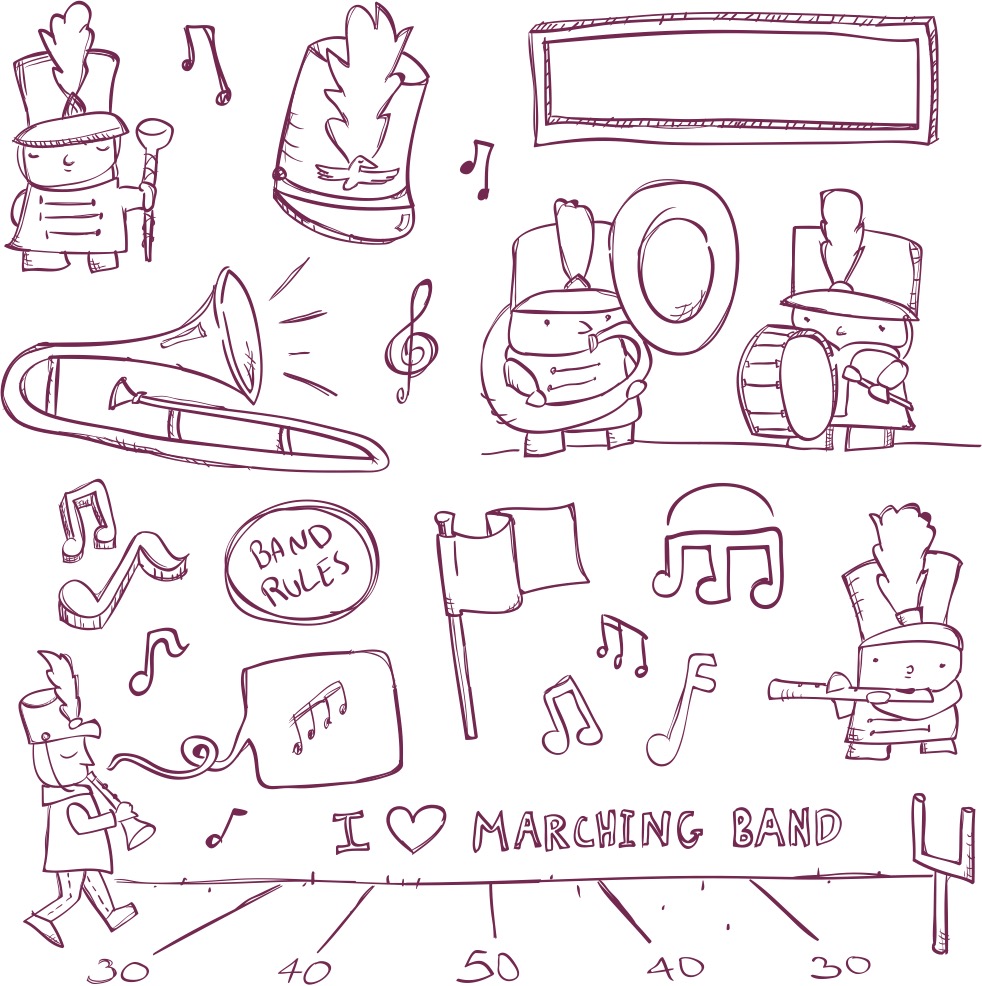craft post by Erin Nuttall
I am a big Tom Petty fan. Not only are his songs fun to listen to but they speak to my inner self. His music is quintessentially Americana Rock n’ Roll influenced by Blues, Country, Folk, Rock, his Florida panhandle roots, and his escape to Los Angeles. But no matter the style of song, there’s a yearning running through it. Take his American Girl. It’s a fun rock song that makes you want to bounce your head and dance, but Petty interweaves unexpected threads of disappointment and longing that break your heart just enough. (Too distracted by the band’s energy and rollicking music? Check out Taylor Swift’s pared-back version.)
It’s one thing to write a sad song or book, and another to write one that is fun and suffuse it with an aching need. This is a skill of Petty’s that I’ve long admired and wondered how to translate that into my writing. Petty has the advantage of music and his plaintive voice to help sell the ache while writers are confined to words, making it hard for me to translate into my own writing. Mary Winn Heider to the rescue! She sets up unexpected juxtapositions in her sophomore middle grade novel Losers at the Center of the Galaxy that delivers a story full of both joy and pain. (Check out our interview with Mary Winn Heider.)
Finding an Ache

Losers is chock-full of hilarity and hijinx. The unexpected happens on the first page and keeps happening throughout the whole story. It’s a boisterous screwball comedy and Heider takes you on a rollercoaster of a ride. But Heider’s main characters, Louise and Winston, siblings whose dad walked out on their family, are broken. Broken to bits.
I am not going to spoil the surprises and the joy of Losers by examining the fun, funny, and surprising plot twists and turns Heider takes her main characters through. I will just say that if you’d like a lesson in the unexpected you’d be hard-pressed to find a better model than Losers. Instead, we’re going to look at how despite (or with the assistance of) all the silly, Heider is able to put an ache and a depth into the stories of Winston and Louise.
The Absurd versus the Ache
One of the tools Heider uses over and over is to juxtapose the story’s plot and the character’s pain. At the beginning of the story Winston and his sister, Louise, are at a press conference during half-time of a Chicago Horribles football game to ask people to look for their dad, the quarterback, who has disappeared: “Winston and Louise stood together at the fifty-yard line…. The ground was squishy, the air smelled like armpit, and the crowd roared. Also, the cheerleaders were on fire” (1). Winston tries to save Louise from whatever disaster set the cheerleaders on fire by tackling her. Louise is not amused and tells Winston the cheerleaders are performing a stunt. They return to the fifty-yard line and the reader learns why they are there.
The booming chaos of the stadium swirled around them, and Winston hoped no one noticed his freak out…. Winston and Louise looked like they were built to stop things. Except, of course, they hadn’t been able to stop anything. That is what brought them to the stadium tonight. The complete and total inability to stop their dad from disappearing…. So. There Winston stood, at the galactic bullseye of hopefulness. That alone was bound to make a person jumpy, especially around flaming cheerleaders. (4-5)
From the get-go, Heider sets the absurd details of the plot against the pain the main characters feel at losing their dad. Right in the middle of five pages of action, she tucks a short sentence that conveys the emotions of the characters. Winston’s hope is not limited to this world but is big enough to fill a whole galaxy. It’s a gut-punch of a sentiment that slices through the wild goings-on around him.
Deny, Deny, Deny
Another tool in Heider’s arsenal is to have her characters deny their true feelings. She exaggerates the denial and wraps it in humor.
Yesterday, [Winston had] gotten inspired and composed some words to go along with the melody of “The Imperial March,” so now he was running through it in his head: HEY, IT’S ME, I’M YOUR DAD, I’M YOUR DAD. Pure poetry…. To be very clear, his love for the song had nothing to do with his own dad or the disappearance or the memory of ever watching Star Wars with his dad or literally anything at all like that. It was because Winston was a tuba player. And “The Imperial March” was like breathing to a tuba player. That was all it was. (12-13)
By making up a funny song, one that readers can recognize and relate to and then using it to express the emotions the character is unwilling to face, Heider gives the reader a humorous scene that also tugs at their hearts, endearing the character to the reader and making him feel like a complicated, real person.
Disassociation & Discomfort
Heider also uses her characters’ personal characteristics for comic purposes, to drive the plot, and to show the character’s emotional state. In the example above, Heider used Winston’s love of music, specifically the tuba, to add both humor and pathos. Here, she uses Louise’s love of science to showcase Louise’s emotional discomfort by disassociating Louise from her body.
She’d tried to sleep, but by 3:30 the next morning, Louise was still wide awake and couldn’t stop thinking…. From all her research, she knew that there were some kinds of spiders that were 80 percent brain; as in, they had so many brains that their brains filled their whole bodies and went down into their legs, and that was how Louise felt, lying in bed, unable to get back to sleep. Like she had brains all the way down her legs. (59)

Because Louise loves science she knows this random fact about spiders. It’s through Louise’s attempts and failure to go to sleep that the reader feels her emotional discomfort as she focuses on scientific facts and then applies them to herself. In Louise’s mind, she almost isn’t a person, she’s a brain. This is both sad and funny at the same time as the reader visualizes Louise as a spider or as a brain but not as a little girl who is hurting.
Heider also uses Louise’s love of science to show how Louise’s discomfort causes distance between and disassociation from her peers and possible friends–people who could help assuage the ache.
The door flew open, and four pairs of glasses stared back at [Louise]. She tried not to groan out loud. Those glasses belonged to the four most irritating people in the world: the rest of the Science Club.
“The Mad Scientist!” Tib Seneviratne exclaimed.
This was Tib’s favorite joke, because (as she loved telling Louise) she didn’t mean evil, she meant angry, since Louise was always angry at something. Louise found it hard to argue with that logic. Looking angry all the time was, in fact, part of her strategy for being left alone. It never worked. (31)
Heider plays with the unexpected: scientist Louise not loving the rest of the Science Club; Louise looking angry doesn’t give her the alone time she seeks. But she does so in a funny way by having Tib joke with a simple play on words that Louise both appreciates and dislikes. The tension between Louise’s inner turmoil and the humor of the scene gives the scene the underlying ache and helps the reader both enjoy the scene and understand the pain Louise is in.
Now It’s YOUR Turn
If, like me, you’d like to both entertain your readers and pull at their heartstrings, try putting some of Heider’s tactics to use in your writing.
- Take a scene you’ve written, highlight the absurd or funny or unexpected. In what way can you use the unexpected to highlight an emotion? Can the way your main character deals with the absurd show how they are feeling?
- Find a place where your main character can say/think they feel one way while their actions say the opposite.
- What are your main character’s main characteristics? Is there something they love or a prism through which they see themselves? Now use that to show their emotions. Like Louise with the spider brains, can it show their discomfort in their own body/mind/emotions? Or Like Louise with the science club, can you take the expected (that she’d like the other club members) and flip it to underline their emotions?
Check out our interview with Mary Winn Heider to find out more about her writing process and tips for writers.
Find Mary Winn Heider’s sidewriting exercise from our Sidewriting Takeover.
Mary Winn will be featured in our October 2021 Newsletter. If you haven’t yet, SUBSCRIBE HERE.
Erin Nuttall holds an MFA in Writing for Children and Young Adults from Vermont College of Fine Arts and is an active member of SCBWI and ALAN. She lives outside of Chicago with her family where she writes stories for middle grade and young adult readers that offer a humorous take on friendship, identity, feminism, and romance.


COMMENTs:
0